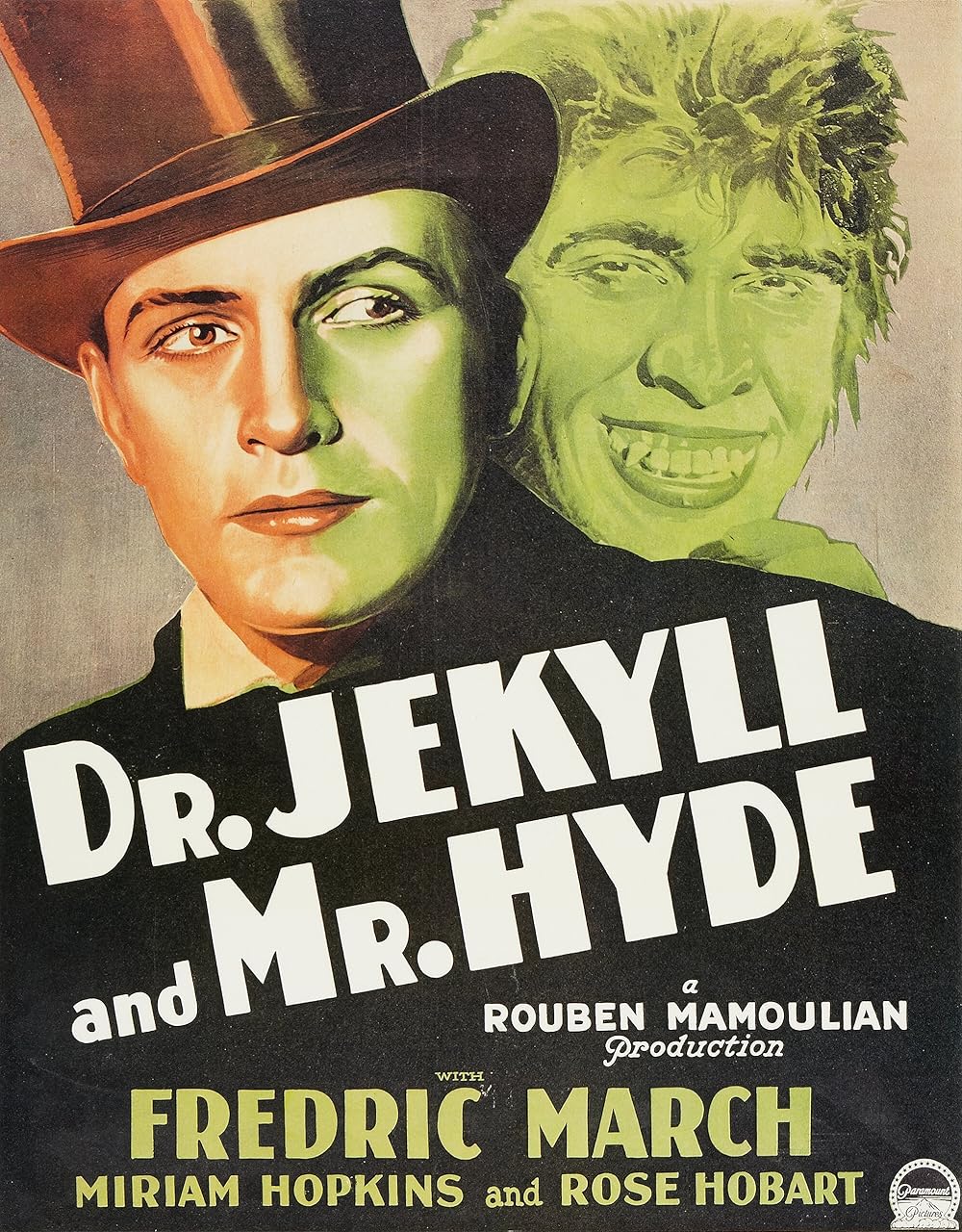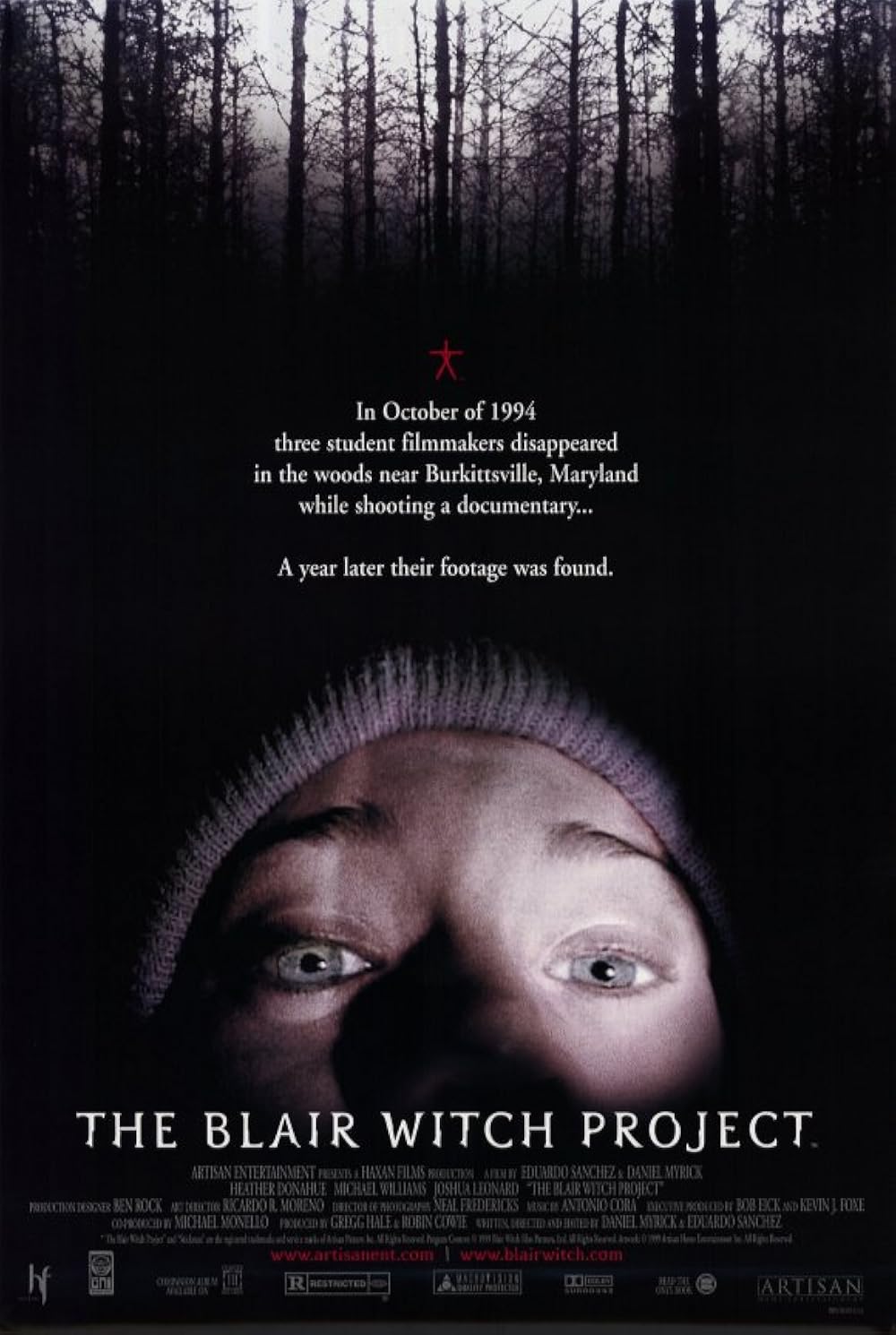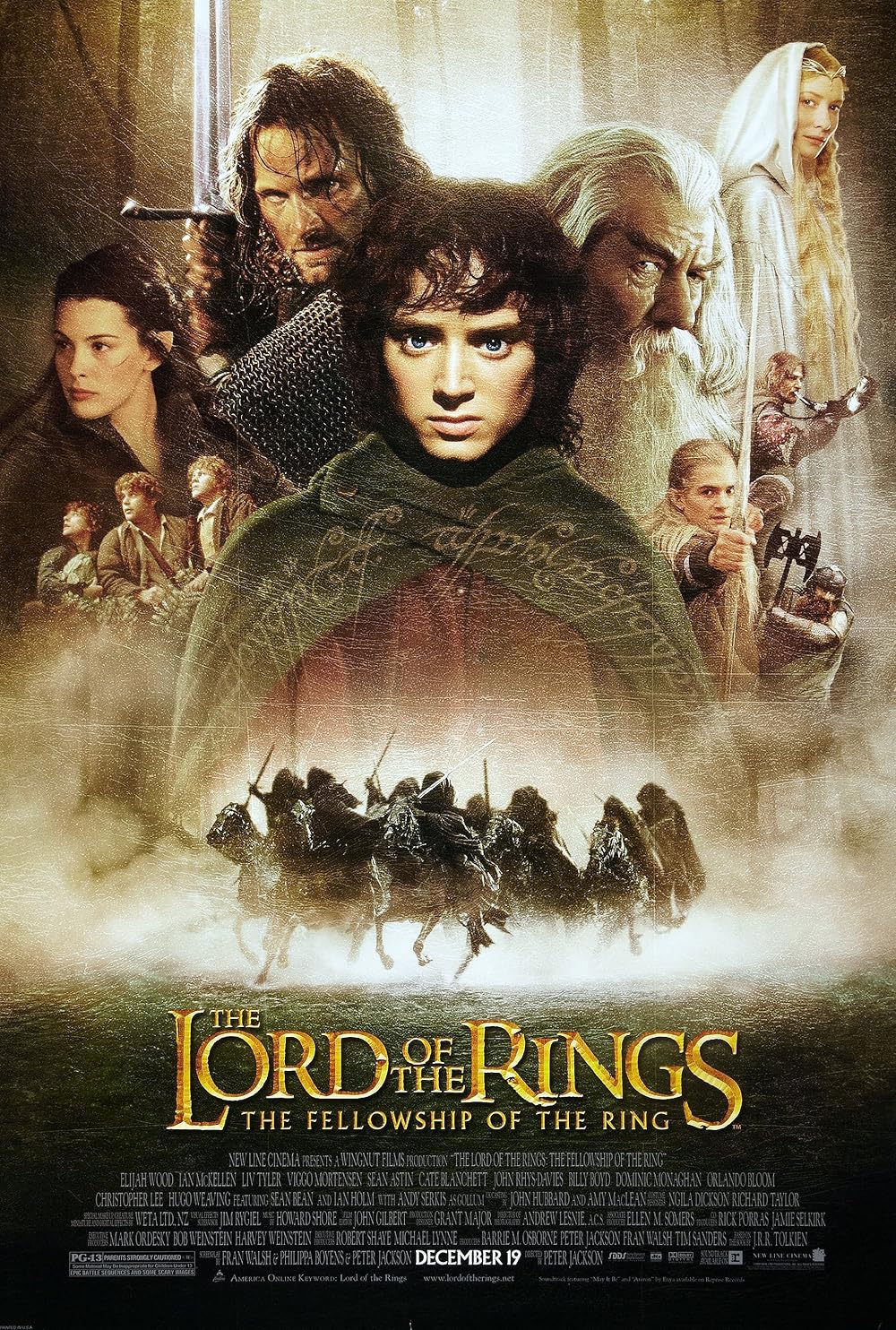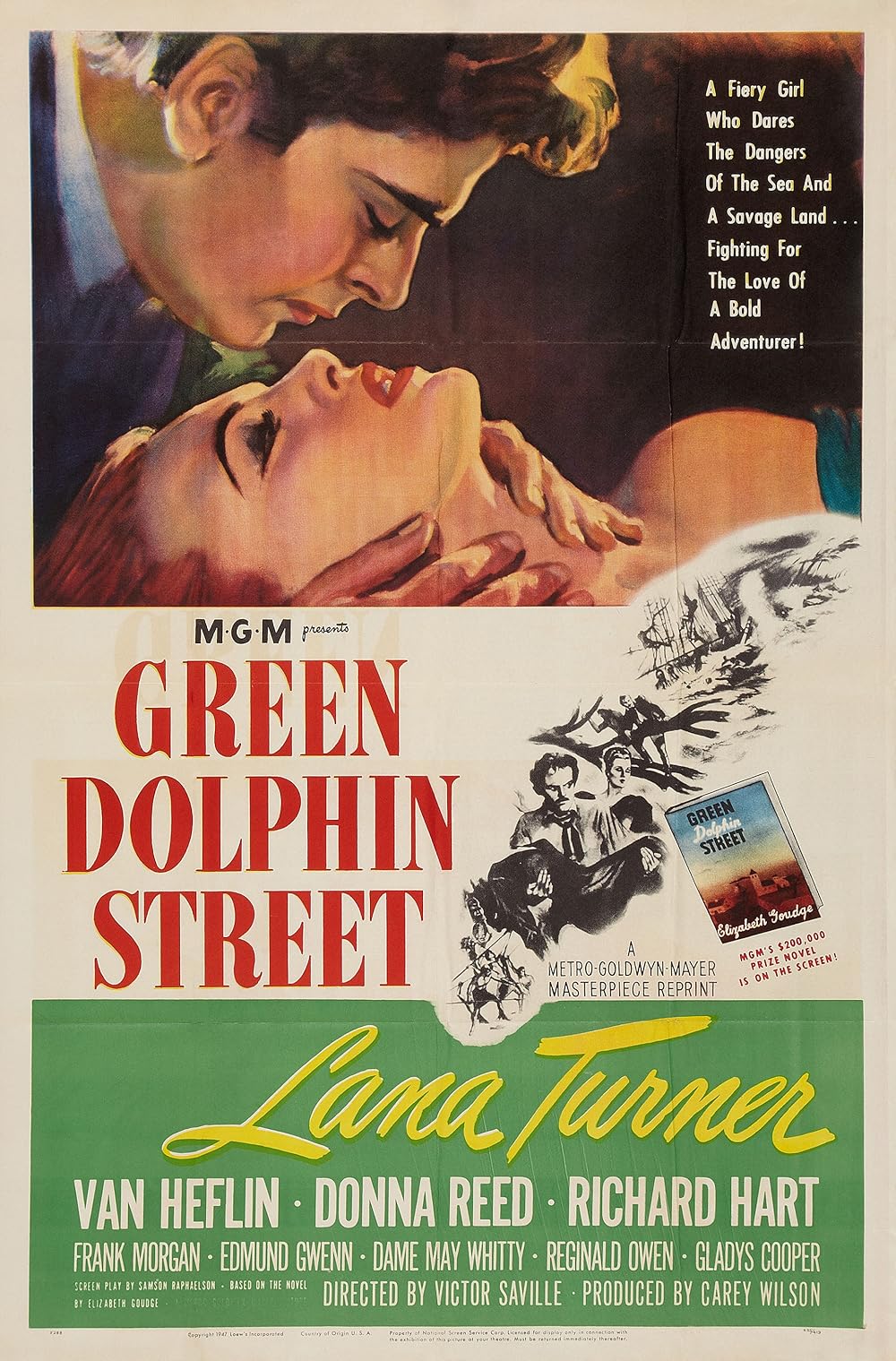The Budget and Investment Dilemma
The Budget and Investment Dilemma: Does Spending More Pay Off?
Money talks, but does it predict a standing ovation or a box office flop? Filmmakers often face a delicate dilemma: how much to spend on adapting a beloved book. Is a colossal budget the key to success, or does creative brilliance matter more?
In this chapter, we follow the money trail. Through scatter plots, distributions, and clustering analyses, we’ll examine the intricate relationship between budget size, financial returns, and critical acclaim. Each visualization unravels a layer of this complex narrative, helping us understand what it takes for adaptations to truly shine. Let’s dive in and uncover the fascinating stories behind the numbers.
Unveiling the Budget Landscape
The foundation of any film begins with its budget. But how do movie adaptations allocate resources, and what can the distribution of these budgets tell us?
Budget Distribution
The budget distribution reveals that most adaptations fall within the $1M to $100M range. This suggests a cautious approach by studios, balancing investment risks with potential returns. However, the few outliers—those exceeding $1B—are bold gambles, often tied to franchises like “Harry Potter.” These high-budget projects are the exceptions, not the rule, highlighting the industry’s reliance on mid-tier spending.
Interestingly, adaptations like “The Hobbit” demonstrate that high budgets can sometimes create a halo effect, drawing audiences due to production scale alone. But this visualization also sparks curiosity: do these enormous budgets always guarantee success? Or does the magic of adaptations come from creativity rather than sheer spending power? To answer, we must pair budgets with outcomes.
The Revenue Reality
After understanding budgets, the next logical step is to explore revenues. How well do these adaptations perform in financial terms?
Revenue Distribution
Revenue distributions reflect a similar spread, with most films earning between $10M and $1B. This reinforces the idea that the adaptation market has a wide middle ground but also exceptional performers. Blockbusters like “Avatar” and “The Lord of the Rings” dominate the upper echelons, showcasing the power of beloved stories combined with stellar execution.
Yet, there’s a stark contrast between the revenue distribution and ROI (return on investment). Many films achieve high revenues but struggle to justify their budgets. For instance, while “The Lion King” remake reached impressive revenue heights, its ROI was surprisingly modest due to its enormous budget. Let’s explore ROI further to deepen this understanding.
Measuring Success: ROI
ROI Distribution
The ROI plot provides a deeper lens into financial success. While the median ROI stands at 76.37%, outliers reveal fascinating dynamics:
- High ROI Low-Budget Films: Films like “The Blair Witch Project” and “Slumdog Millionaire” illustrate that low budgets paired with creativity can yield phenomenal returns. These are the Cinderella stories of the adaptation world.
- Low ROI High-Budget Films: Conversely, films like “John Carter” remind us that even massive investments can falter without audience connection.
This analysis underscores that profitability isn’t just about revenues—it’s about how well a film leverages its budget. The ROI visualization challenges filmmakers to rethink their strategies: is it better to aim for a blockbuster with high stakes or focus on maximizing creativity within constraints?
The Budget-Revenue Correlation
How directly do budgets translate into revenues? The scatter plot below paints a nuanced picture:
Budget vs. Revenue
The positive correlation between budgets and revenues is evident: higher budgets often mean higher revenues. Blockbusters like “The Hobbit” validate this trend. Yet, the plot also reveals significant outliers:
- Overperformers: Films with modest budgets, like “The Fault in Our Stars,” far exceed expectations by targeting niche audiences and focusing on emotional resonance.
- Underperformers: High-budget films with disappointing returns, such as “Pan,” illustrate the risks of overinvestment when audience alignment is lacking.
This visualization challenges the notion that more spending guarantees success. It suggests that strategic budgeting, rather than sheer size, drives impactful results. The variability here prompts a key insight: adaptations thrive when there is synergy between story, audience, and resources.
The Five Faces of Film Adaptation: A Cluster Analysis
To uncover patterns, we grouped adaptations into five clusters based on their budget and revenue characteristics.

The Steady Performers (Cluster 1)
Average Budget: $38M | Average Revenue: $76M | ROI: 97.8% | Median IMDb: 6.5
These films represent Hollywood's bread and butter—reliable adaptations that consistently deliver moderate returns. Think "The Hunger Games" and similar ventures that balance artistic integrity with commercial viability. Their IMDb ratings cluster around 6.5, suggesting they satisfy audiences without necessarily breaking new ground. These adaptations prove that playing it safe can be a sustainable strategy, though rarely a revolutionary one.

The Passion Projects (Cluster 2)
Average Budget: $786K | Average Revenue: $166K | ROI: -78.9% | Median IMDb: 7.0
Surprisingly, despite their financial struggles, these low-budget adaptations maintain relatively high IMDb ratings. They're often passion projects—ambitious attempts to bring beloved niche literature to screen. While they rarely recoup their modest investments, their above-average audience ratings suggest they're connecting with viewers on an artistic level. These films remind us that commercial failure doesn't always equal creative failure.

The Efficient Innovators (Cluster 3)
Average Budget: $8.27M | Average Revenue: $22.15M | ROI: 167.7% | Median IMDb: 6.7
These adaptations are the alchemists of the industry, turning modest budgets into gold. Films like "The Blair Witch Project" exemplify this cluster's genius—finding creative ways to overcome financial constraints. Their solid IMDb ratings prove that innovation often resonates more with audiences than pure production value. They represent the sweet spot where creative problem-solving meets market success.

The Blockbuster Elite (Cluster 4)
Average Budget: $186M | Average Revenue: $377M | ROI: 102.9% | Median IMDb: 6.8
Home to adaptations like "The Lord of the Rings," this cluster proves that sometimes you need to spend money to make money. Their slightly higher IMDb ratings suggest that these big budgets often translate into enhanced viewer experience. However, the modest ROI improvement over Cluster 1 raises an intriguing question: are these massive budgets truly necessary for success, or are they more about risk mitigation through production value?

The Cautionary Tales (Cluster 5)
Average Budget: $9.46M | Average Revenue: $17K | ROI: -99.8% | Median IMDb: 6.5
Perhaps the most intriguing cluster, these films maintain average IMDb ratings despite catastrophic financial performance. This suggests a fascinating disconnect between artistic merit and market success. These adaptations often suffer not from poor quality but from misaligned marketing, poor release timing, or competition. They serve as powerful reminders that good storytelling alone doesn't guarantee commercial success.
Beyond the Numbers: What This Clustering Reveals
This clustering analysis challenges several industry assumptions. First, the relatively consistent IMDb ratings across clusters (ranging from 6.5 to 7.0) suggests that budget size has surprisingly little impact on audience reception. The data shows that viewers can appreciate both a well-executed low-budget film and a blockbuster spectacle.
Moreover, the clustering reveals that financial success follows multiple paths. While Cluster 4’s blockbusters represent the traditional “spend big to win big” approach, Cluster 3’s efficient innovators demonstrate that creativity and strategic resource allocation can yield even better returns.
The stark contrast between financial performance and audience ratings, particularly in Clusters 2 and 5, highlights a crucial insight: the market for adaptations is more complex than simple quality metrics suggest. Success requires not just faithful adaptation and technical excellence, but also precise market positioning and timing.
These patterns suggest that the future of successful adaptations might lie not in simply choosing between high or low budgets, but in making strategic choices about how to allocate resources based on the unique demands of each project. The most successful adaptations of tomorrow might be those that learn from all five clusters, combining the efficiency of Cluster 3, the audience connection of Cluster 2, and the production values of Cluster 4 in proportions appropriate to their specific source material and target audience.
Does Spending More Pay Off?
Our analysis provides a layered answer to this question. High budgets often correlate with high revenues, but ROI reveals a different truth: profitability lies in strategic allocation, not just size. Well-executed blockbusters can dominate both financially and critically, while the potential of low-budget ingenuity is still considerable.
Ultimately, success in adaptations isn’t just about money—it’s about the stories we tell and the connections we forge with audiences. Visualizations like these remind us that cinema’s greatest magic often lies beyond the numbers, in the creative processes that bring stories to life.